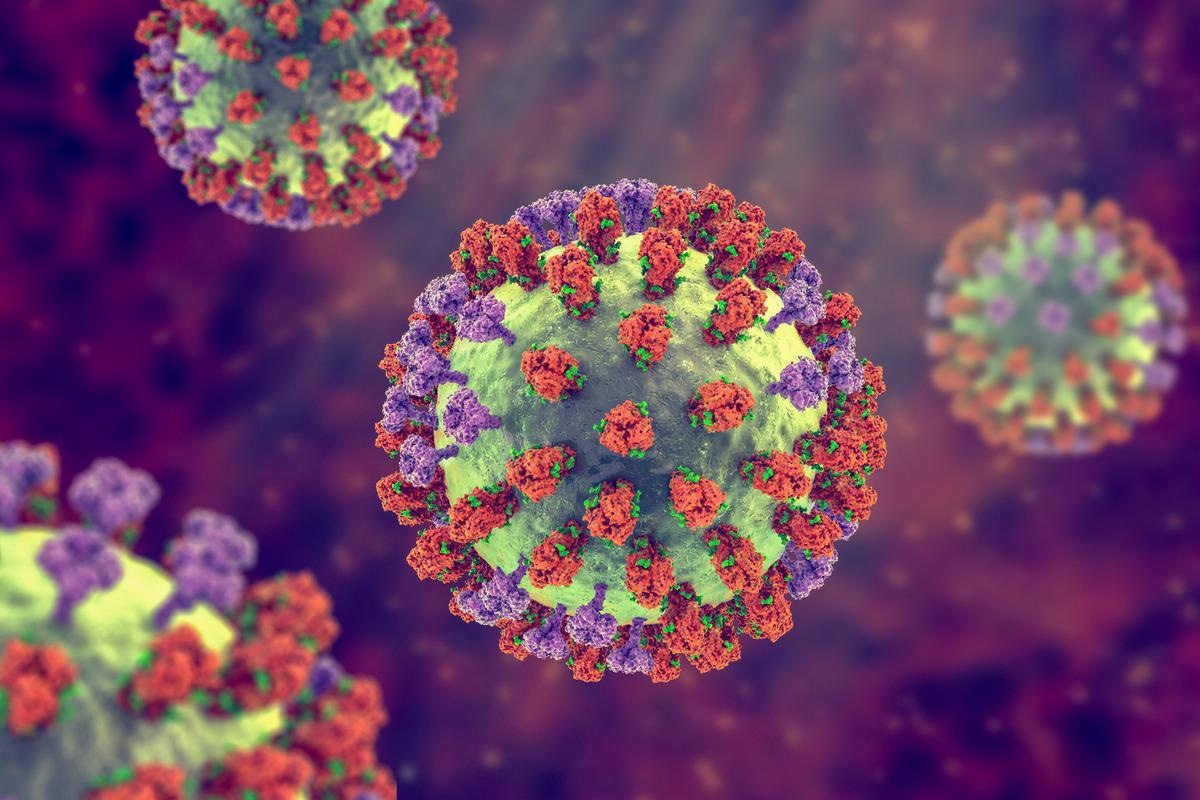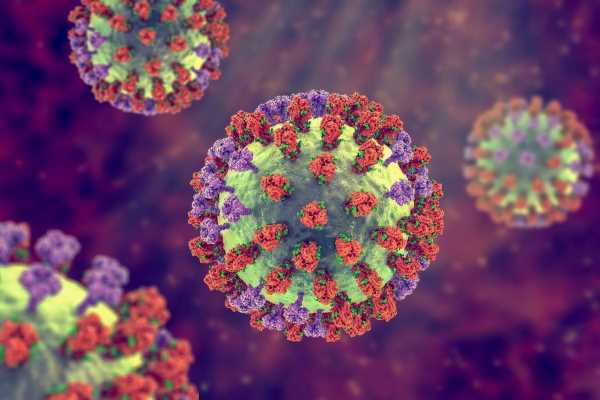In a recent study published in Emerging Infectious Diseases, researchers performed a quantitative assessment of the age-stratified seroprevalence of hemagglutination inhibition (HAI) antibodies against five swine influenza viruses (SIVs) circulating in the Guangzhou and Hong Kong cities of China.

Background
Based on its genetic constitution, the influenza A virus can efficiently transmit influenza to humans. The lack of HAI antibodies against the HA of a new virus could facilitate disease transmission and give rise to a pandemic. Further, the development of novel influenza vaccines requires more than seven months, much slower than the viral transmission.
Thus, a novel vaccine would be unable to prevent an influenza pandemic, as was observed during the influenza (H1N1) pandemic in 2009. Such delays in global preparedness warrant risk assessment for anticipating the health threats of future pandemics. Determining the population-level immunity is an essential aspect of risk assessment.
About the study
In the present study, researchers modeled the impact of the pre-pandemic population-level immunity against the H1N1 (H1N1pdm09) pandemic of 2009 on an exemplary basis to evaluate the pandemic risk of five SIVs in China. The basic reproduction number (R0) was used in case every virus would transmit efficiently in humans, and age-specific HAI titers against the SIVs were determined.
The authors had previously evaluated the impact of the HAI titers on the effective reproduction number (Rt) of the H2N2 influenza viruses. The present study is an expansion of their previous work by using the HAI titers to evaluate the population-level immunity to SIVs. The participants were selected from households identified by random dialing of digits. Population data were obtained from the most recent census of Guangzhou (2015) and Hong Kong (2016).
A total of 173 sera were obtained from Guangzhou and Hong Kong residents between December 6th, 2013 and March 29th, 2014, as part of a community-level cohort study. In addition, an age-specific panel of 180 anonymous sera was obtained from individuals diagnosed with non-infectious and non-respiratory illnesses who were hospitalized between February 9th and March 31st, 2015.
Five H1 and H3 subtypes of SIV were used as antigens for the HAI assays-Triple-reassortant internal gene (TRIG) H1-lineage virus A/swine/Hong Kong/NS301/2013, Eurasian avian (EA) H1 swine virus A/swine/Hong Kong/NS4003/2016, a Binh Duong-like seasonal H3N2 swine virus A/swine/Hong Kong/4348/2016, H1N1pdm09-like swine H1N1 virus A/swine/Hong Kong/1436/2016 and a virus generated by the team viz. EA-lineage A/swine/Guangdong/104/2013 (H1N1) (GD104).
HAI titers were determined based on the highest serial dilution of the samples required to prevent complete hemagglutination. In addition, the geometric mean titers (GMTs) were also evaluated. The team constructed a transmission matrix based on the social contact matrices of the United Kingdom (UK) and Hong Kong to assess population immunity. The R0 and Rt required to give rise to a pandemic were determined for the SIVs and HAI data were used as inputs for the transmission matrix.
Data on A/California/4/2009 HAI titers were retrieved from two surveys conducted in Hong Kong between November and December 2008 and between July and August 2009 prior to the onset of the first pandemic of 2009 in Hong Kong. In addition, HAI titer data of the H2N2 pandemic strain A/Singapore/1/57(H2N2) were also retrieved from a Hong Kong survey conducted in 2011.
Results
Among the 353 serum samples obtained, low seroprevalence was observed for the A/swine/HK/NS301/2013, A/swine/HK/NS4003/2016, and A/swine/GD/104/2013 viruses with a slight decrease in R0 by just 20%.
The smallest R0 required to cause a pandemic was 1.22 to 1.24, indicating that the existing population immunity in the Chinese population would be inadequate to prevent H1N1 and H1N2 transmission. On the contrary, for the human-origin and seasonal H3N2 virus, the existing population immunity could decrease R0 by 47% and therefore decrease the pandemic risks.
Among the sera with HAI titers exceeding 40, no substantial differences were noted across ages in the seroprevalence for A/Sw/GD/104/2013 (H1N1), A/Sw/HK/NS4003/2016 (H1N1), A/Sw/HK/1436/2016 (H1N1) and A/Sw/HK/NS301/2013 (H1N2). A significant difference was noted in the seroprevalence of the A/Sw/HK/4348/2016 (H3N2) virus in individuals aged 41 to 50 years. The overall seroprevalence in both the cities was similar, and thus, their data were combined to determine population immunity.
Among the sera with HAI titers exceeding 10, low seroprevalence was noted for the H1N1 EA and the H1N2 TRIG viruses. Contrastingly, 41% of the samples had HAI titers exceeding 40 to H1N1pdm09-like virus. The seroprevalence and GMTs were the highest in the participants aged below 30 years. About 67% of the participants had titers exceeding 40 for the seasonal H3N2 virus.
In the sensitivity analysis, the social contact matrix of the UK and the transmission matrix of the present study yielded similar results with a statistically significant difference only for the A/swine/HK/1436/2016 (H1N1) strain.
Conclusion
To summarize, the study findings showed that the A/Sw/HK/NS4003/2016 and A/swine/Shandong/1207/2016 SIV strains were identical (98%) amino acid (aa) similarity. Both these viruses could pose significant pandemic threats. Contrastingly, the pandemic risk of the Binh Duong-lineage H3N2 virus was low.
- Cheung JTL, Tsang TK, Yen H, Perera RAPM, Mok CKP, Lin YP, et al. Determining existing human population immunity as part of assessing influenza pandemic risk. Emerg Infect Dis. doi: https://doi.org/10.3201/eid2805.211965 https://wwwnc.cdc.gov/eid/article/28/5/21-1965_article
Posted in: Medical Science News | Medical Research News | Disease/Infection News
Tags: Amino Acid, Antibodies, Gene, Genetic, H1N1, H1N2, H2N2, H3N2, immunity, Infectious Diseases, Influenza, Pandemic, Reproduction, Respiratory, Vaccine, Virus

Written by
Pooja Toshniwal Paharia
Dr. based clinical-radiological diagnosis and management of oral lesions and conditions and associated maxillofacial disorders.
Source: Read Full Article
